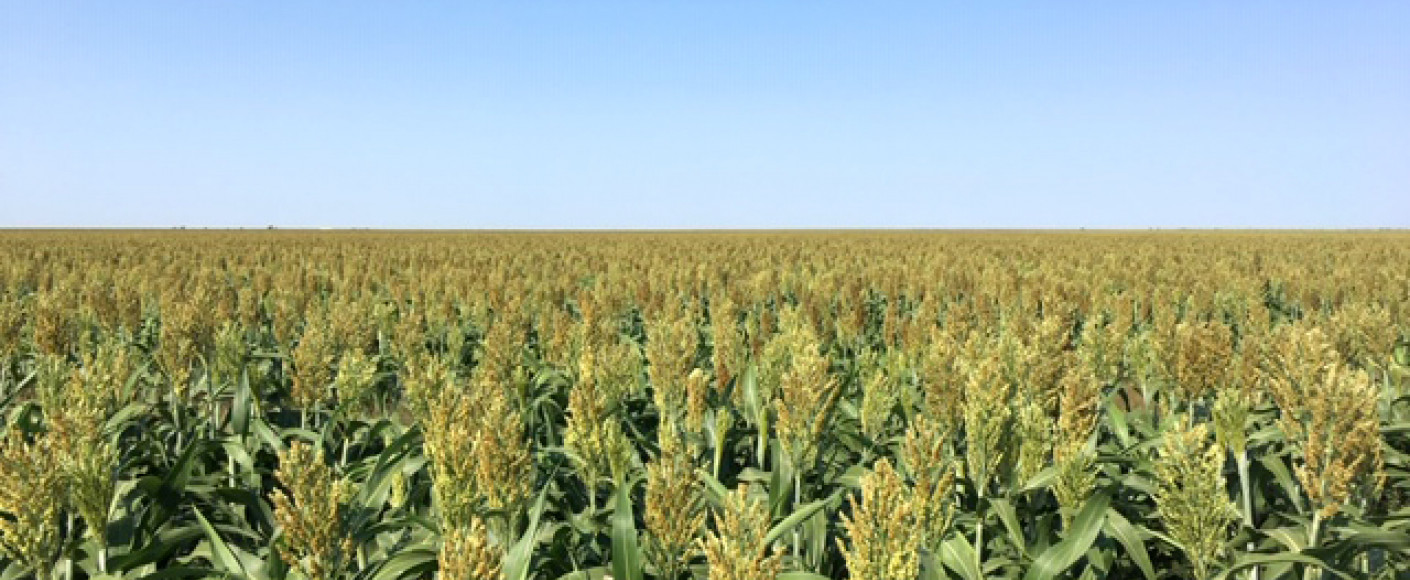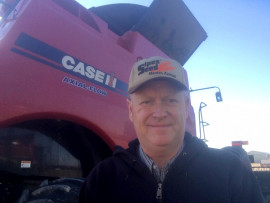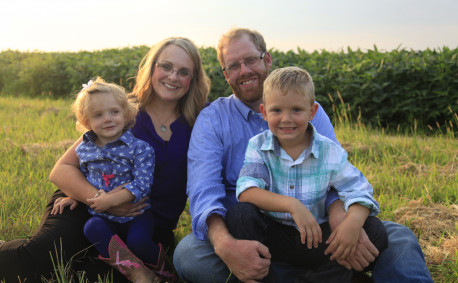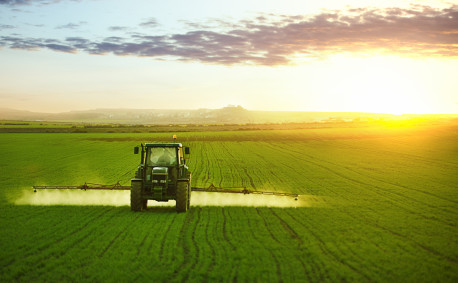Trade Wars and Mother Nature: How Farmers Decide What and When to Plant
Jim Sipes has farming in his blood. He’s the fifth generation in his family to farm and currently works with the fourth generation—his father and uncle—in Southwest Kansas.
He started farming straight out of college and remembers losing sleep early on in his career when he would stress about the weather. Today, Jim takes the ups and downs in stride.
“Seasoned farmers like I am have been dealing with it all of our lives. It’s just part of farming,” he said.
Still, there are years like this one that can bring farmers to their knees. Record rainfall in the spring meant severe flooding across the Midwest. Farmers had to delay, and delay and delay planting for the season. Once they were able to get seed in the ground, many wondered if there would be enough time for their crops to properly mature in time for harvest.
Crops have to be planted at specific times according to the temperature and moisture level of the soil. Too cold or too warm, too dry or too wet and the crop might not grow well. Kansas crops are like very picky Goldilocks!
However, the decision about when to plant hinged on decisions made last fall about whatto plant. Each year, farmers choose which crops they’re going to plant and in what proportions. Those decisions have roots in global trade. Jim walked us through some of those key factors and how they played out on his farm.
“To sum up the challenges of 2019, you have to start talking about trade because it plays into how we made decisions that were affected by the weather,” he said. “The first challenge was deciding what to plant.”
China and Mexico are the top importers of sorghum, one of Kansas’ top crops. The United States’ trade wars mean an uncertain future for this crop. Would China and Mexico counter by charging major tariffs on imports, or look to other countries to import sorghum? Would farmers be better off growing corn or soybeans?
Jim’s family grows wheat for seed as well as grain sorghum and some corn. They wrestled with the decision whether to switch gears and grow more corn to assume less risk. Although the switch would have been more favorable from a trade perspective, it also would have been riskier from a farming perspective, because corn is less tolerant of the extremes of Southwest Kansas weather.
 “Basically, you have to roll the dice and hope for an outstanding yield or an increase in price,” Jim said. “We spent a lot of the winter trying to figure out whether we should switch to corn. We decided to stick with grain sorghum, which has a better chance in our area.”
“Basically, you have to roll the dice and hope for an outstanding yield or an increase in price,” Jim said. “We spent a lot of the winter trying to figure out whether we should switch to corn. We decided to stick with grain sorghum, which has a better chance in our area.”
That “better chance” is where Mother Nature comes in. In Southwest Kansas, farmers are prone to all of her whims—rain, hail, freezing and drought. Jim and his family thought sorghum could stand up better to the weather risks than corn.
Jim has seen a lot in his years of farming. He recalled one year when they had a freak blizzard in May. Their wheat had already headed, a critical time in the plant’s development, when they got nearly 20 inches of snow.
“It was very susceptible to freeze injury at that point. The storm laid it all flat on the ground and we had a lot of fears that we had completely lost the wheat crop,” he said. “Fortunately we had it stand back up and were able to get a reasonable harvest.”
This year, they had a hailstorm roll through that nearly wiped their wheat out. Again, they got lucky and the plants rebounded, so they were able to get a decent harvest.
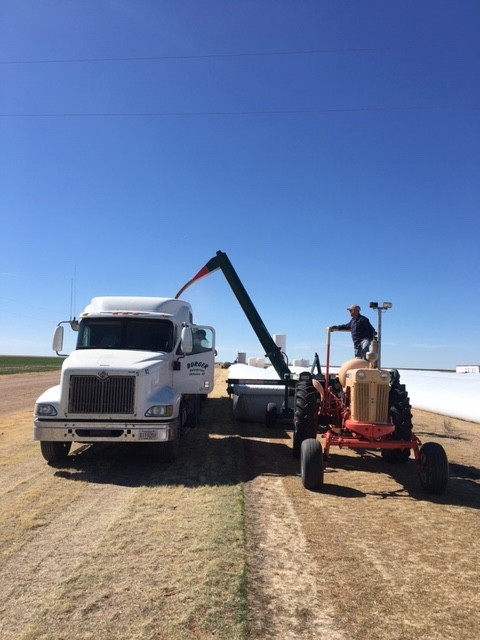 Whether from premature freezing or hail damage, if a crop is damaged, farmers get virtually nothing for it. Sometimes the cost of harvesting damaged crops is higher than what farmers can make from it. Even leaving it for animals to forage isn’t always a solution. For example, prematurely frozen plants are high in nitrates, which make them unappetizing to animals.
Whether from premature freezing or hail damage, if a crop is damaged, farmers get virtually nothing for it. Sometimes the cost of harvesting damaged crops is higher than what farmers can make from it. Even leaving it for animals to forage isn’t always a solution. For example, prematurely frozen plants are high in nitrates, which make them unappetizing to animals.
“Premature freeze can completely eliminate a harvest. It can be just like a hailstorm taking out a crop,” he said. “You know you could lose it all in a minute. The risk to the farmer is that the crop has no value.”
Crop insurance helps protect farmers against total crop losses. When you’re at the mercy of Mother Nature, it’s a last line of defense. But farmers only recoup a portion of their proceeds and don’t make up for the “inputs” (seed, equipment, gas, fertilizer) they’ve already invested.
“There’s some coverage, but it’s not good,” Jim said. “That’s one of the perils of farming, another weather risk.”
So, back to this year. Between the trade wars and the weather, farmers have had to juggle a lot of risk factors. Many consumers have wondered if they’ll see these factors play out in the cost of their food.
Jim thinks the impact to us will be minimal. We won’t really feel it. But the farmers sure have.

